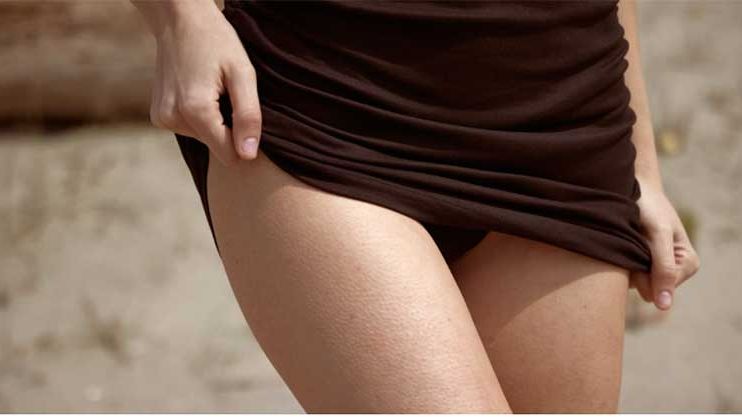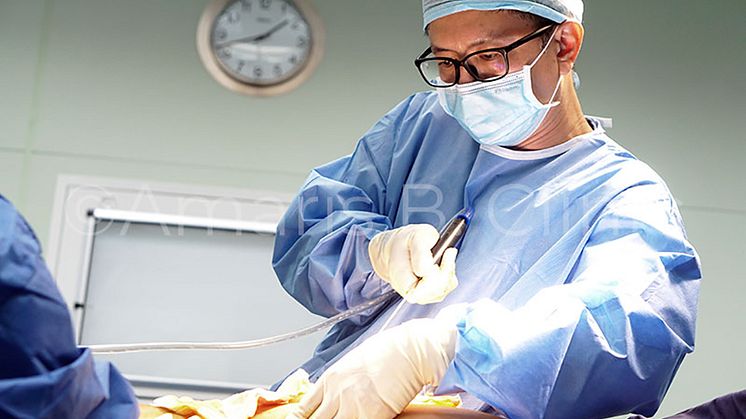
Blog post -
7 things about liposuction you may not always hear from your doctor
Liposuction is probably one of the most talked-about body contouring procedures. You’ve heard a lot about it, and maybe even considered going for it. However, a lot of what most people know about liposuction is based on stories from a patient who’s a friend of a friend. These seven facts about liposuction you’re about to read will definitely help you make better contribution at the next conversation related to liposuction – and more importantly, help you make a better decision to whether you’d want to book an appointment for it.
1. LIPOSUCTION IS NOT NEW
If your mother is someone who’s in tune with the latest beauty trends back in her days, she might be familiar with the liposuction procedure. Heck, perhaps even your grandma has heard of it if she was in the know.
The root of liposuction can actually be traced back to the 1920s. Charles Dujarier, a French surgeon, was the first to introduce the concept of body contouring and fat removal.
Building on the study made by Dujarier, modern liposuction is developed by Arpad and Giorgio Fischer in 1974, where they invented the cannula (a blunt, hollow surgical tool), which can be used to create tunnels between major blood vessels, and suck out fat at the same time.
2. LIPOSUCTION IS NOT A PROCEDURE MEANT FOR OVERALL WEIGHT LOSS
Liposuction is an excellent procedure to help with fat reduction and/or body contouring, but did you know that it is not recommended for individuals who are looking to lose weight? Ask any ethical doctor, he/she will advise you to start with a healthy diet and lifestyle if you want to lose weight.
What is liposuction designed for, then? Liposuction is actually best for spot-fixing – which means reducing and removing fat in areas that are difficult to get rid of even with a disciplined diet and exercise. A successful liposuction procedure will allow the patient to see a more contoured body.
3. THE RESULTS FROM LIPOSUCTION ARE NOT IMMEDIATE

Liposuction is not a magic performance. What it means is that you don’t walk out of the doctor’s office looking like a different person immediately.
After a liposuction procedure, you will need to recover from some swelling, and you’ll be given compression garments to wear for a few weeks. Results will happen gradually and typically look more evident after a few months. How fast you’ll see your final results differs from person to person.
4. FAT DOESN’T MIGRATE TO OTHER PARTS OF THE BODY AFTER LIPOSUCTION
The fear of fat moving to the body on other body parts is perhaps the most common myth we’ve heard.
The results from liposuction are permanent, and if you take care of your diet and exercise regularly, you’ll be able to keep the results. However, if you should gain a significant amount of weight after the procedure, the fat cells will fill out the rest of the body evenly. The areas that you had the liposuction procedure done will not gain significant weight, and you can maintain the contours that liposuction helped you sculpt.
5. LIPOSUCTION ISN’T JUST FOR WOMEN

Women are probably the stereotypical liposuction patients, but the procedure can benefit men too. Men find liposuction helpful in getting rid of stubborn fat around their abdomen and chest, which can affect their ability to achieve their ideal body shape. The procedure is not different between genders; a discerning and experienced doctor can use the treatment to help patients achieve their desired look accordingly.
6. THE LIPOSUCTION TECHNIQUES CONTINUE TO EVOLVE AND THERE ARE LESS INVASIVE OPTIONS AVAILABLE NOW
We told you the concept of liposuction was birthed in the 1920s and the first instrument for the procedure was invented in the 1970s. (Remember Fact #1 in this article?) Liposuction became a popular procedure in the USA by 1980, and the technology continued to evolve and improve. In 1985, Dr. Jeffery A. Klein, a California dermatologist refined the technique, which includes injecting capillary-shrinking drugs (lidocaine and epinephrine) into the fat so that liposuction can be performed under local anesthesia, and using a smaller cannula, with less risk of excessive bleeding.
Today, there are even less invasive and more effective liposuction techniques available. Vaser Liposuction, for instance, is one of the liposuction techniques that uses ultrasound waves to target unwanted fat cells, leaving vital connective tissues largely undisturbed.
7. LIPOSUCTION IS AN ART FORM; THE DOCTOR MATTERS
If you’re given the kitchen tools used by a Michelin-star chef, would you be able to whip up a restaurant-quality meal? Of course not. The same can be said of the doctor you go to. To ensure the safest procedure with the best possible results, it is essential to go to a doctor that you can trust. Different doctors specialise in different areas, and we recommend going to a doctor with a lot of experience performing the treatment. He/she will be able to make the best medical judgement in this procedure and give helpful advice.









